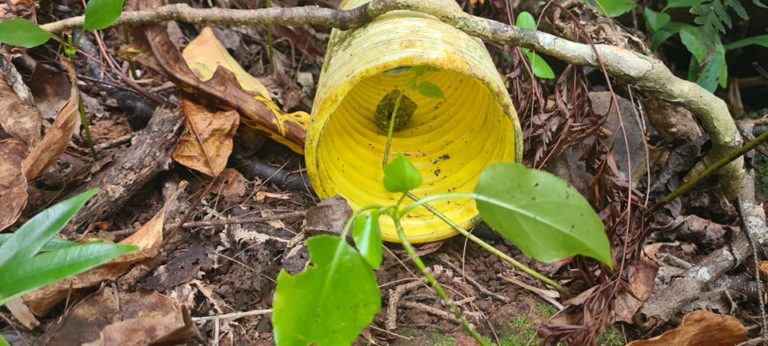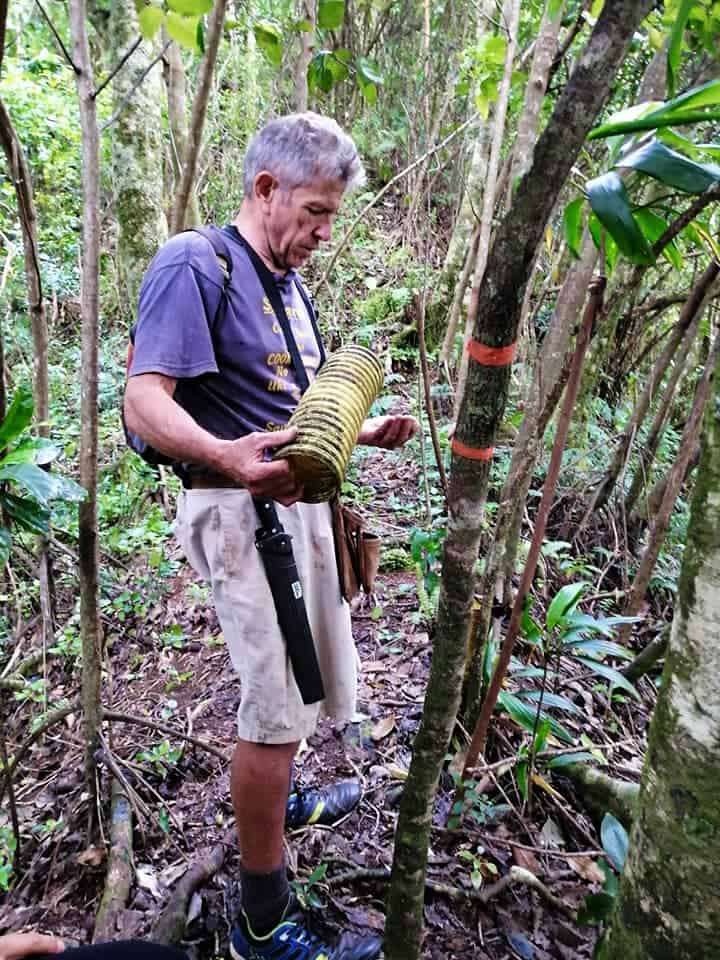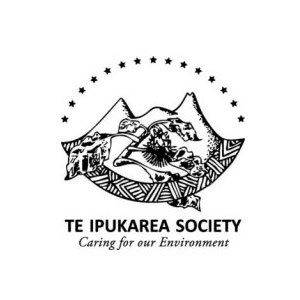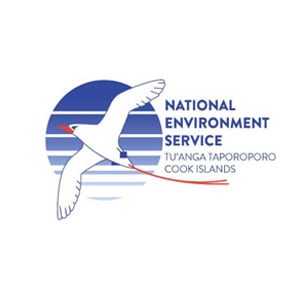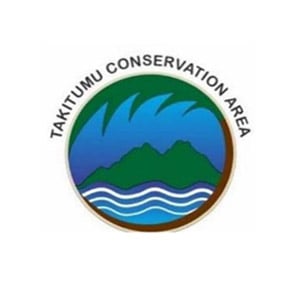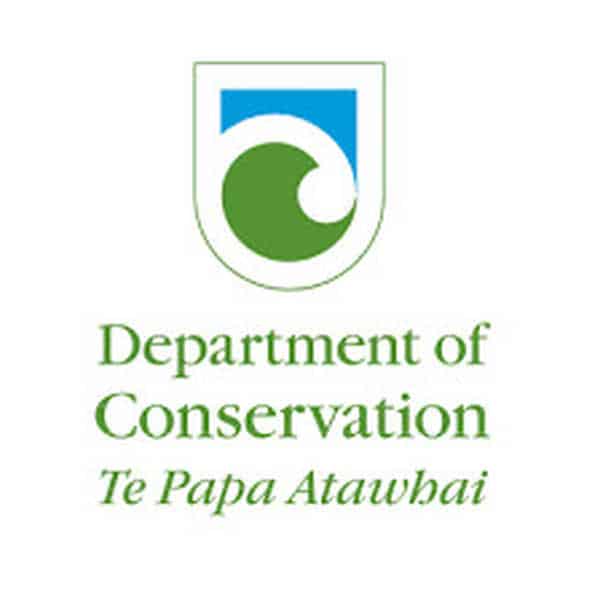Saving the Kakerori
To save the kakerori from extinction, an experimental recovery programme was established in 1989 to determine why the bird had become critically endangered. Early findings demonstrated that the kakerori were declining as a result of invasive ship rats (Rattus rattus) and possibly Pacific rats (Rattus exulans), that were preying on eggs and nestlings (Hay & Robertson 1988).
Management of these main predation threats followed (Saul et al 1998). This involved improving the breeding success of kakerori through seasonal poisoning of rats within the main habitat of the kakerori (later known as the Takitumu Conservation Area). Key nesting trees were also encircled with metal bands to prevent rats from climbing trees to access nests (Robertson et al 1998). This activity was later discontinued as inefficient compared to poisoning efforts. As a result of the management programme, the breeding success of the kakerori improved significantly.
The number of kakerori increased at an average rate of 20% per year from 29 birds in 1989 to 153 birds in 1997 (Saul et al 1998) and 255 in 2001 (Robertson & Saul 2007). In 2000, the IUCN Red List threat ranking of the kakerori was changed from ‘critically endangered’ to ‘endangered’, one of the very few species to have been downgraded as a result of on-the-ground conservation management rather than improved knowledge (Stattersfield et al 2000).
Management of these main predation threats followed (Saul et al 1998). This involved improving the breeding success of kakerori through seasonal poisoning of rats within the main habitat of the kakerori (later known as the Takitumu Conservation Area). Key nesting trees were also encircled with metal bands to prevent rats from climbing trees to access nests (Robertson et al 1998). This activity was later discontinued as inefficient compared to poisoning efforts. As a result of the management programme, the breeding success of the kakerori improved significantly.
The number of kakerori increased at an average rate of 20% per year from 29 birds in 1989 to 153 birds in 1997 (Saul et al 1998) and 255 in 2001 (Robertson & Saul 2007). In 2000, the IUCN Red List threat ranking of the kakerori was changed from ‘critically endangered’ to ‘endangered’, one of the very few species to have been downgraded as a result of on-the-ground conservation management rather than improved knowledge (Stattersfield et al 2000).
